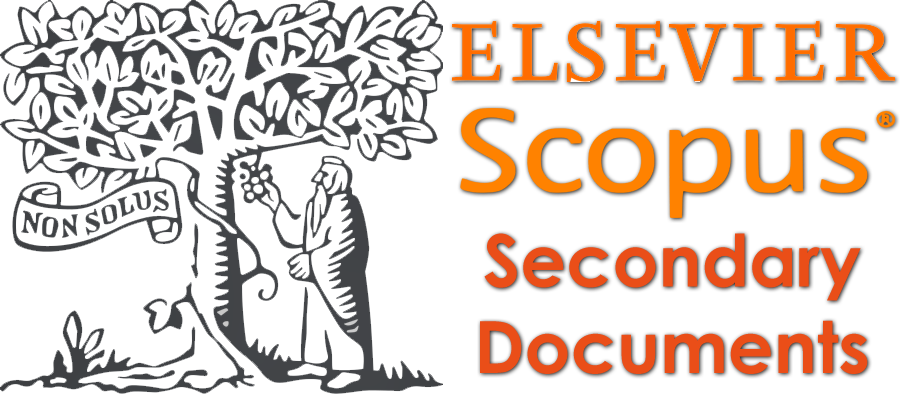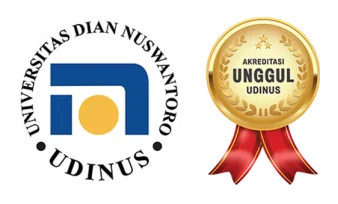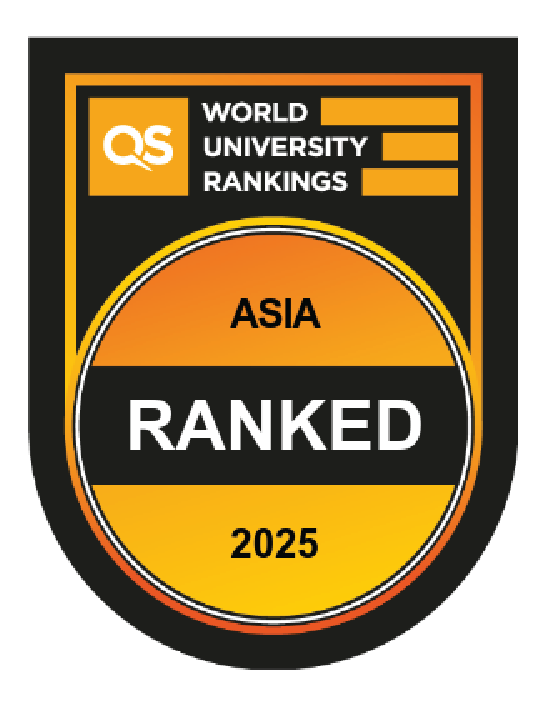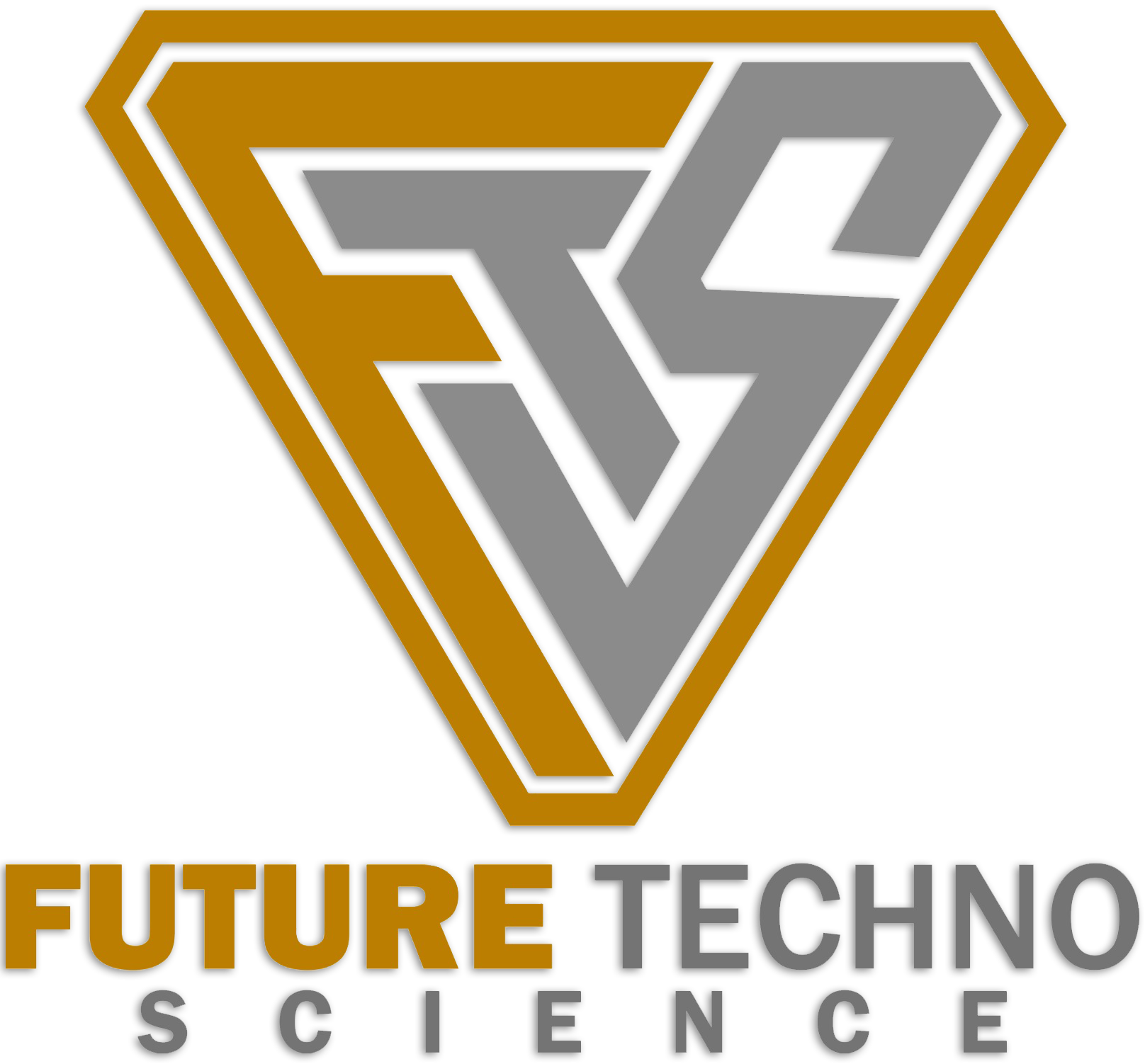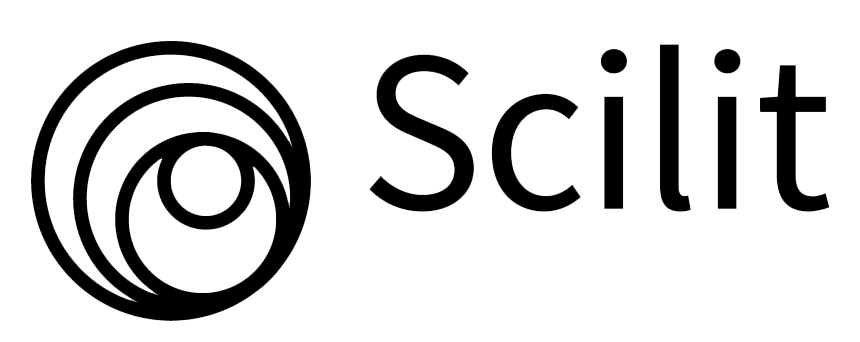Leveraging YOLO Models for Safety Equipment Detection on Construction Sites
DOI:
https://doi.org/10.62411/jcta.10453Keywords:
Deep Learning, Object Detection, Personal Protective Equipment, YOLOv5n, YOLOv8nAbstract
Occupational safety encompasses a range of practices adopted to protect the health and safety of employees. In the construction and industrial sectors, employees may be exposed to various risks such as falls, impacts, temperature changes and the effects of chemical substances. For this reason, personal protective equipment (PPE) is an important element for protecting employees against risks. The effective use of equipment such as a hardhat, mask, and vest makes an important contribution to the prevention of occupational accidents and health problems by ensuring the safety of employees. This study conducted three separate experiments investigating the potential of deep learning methods on occupational safety. In the first experiment, the YOLOv5n and YOLOv8n models were trained on the same data set with ten classes, and their performance was compared. In the second experiment, the YOLOv8n model was trained on a 2-class dataset to examine how the number of classes affected the model's performance. As a result of the experiments, it was seen that it emphasized the potential of deep learning and object detection methods to quickly and effectively monitor and evaluate the use of personal protective equipment.References
A. Korkmaz and M. T. A?da?, “Deep Learning-Based Automatic Helmet Detection System in Construction Site Cameras,” Bitlis Eren Üniversitesi Fen Bilim. Derg., vol. 12, no. 3, pp. 773–782, Sep. 2023, doi: 10.17798/bitlisfen.1297952.
S. Dündar, A. Bilim, and N. Bilim, “Türkiye’deki yaralanmal? i? kazalar?n?n sektörel da??l?m? ve analizi,” Ömer Halisdemir Üniversitesi Mühendislik Bilim. Derg., vol. 13, no. 1, pp. 28–33, Oct. 2023, doi: 10.28948/ngumuh.1292353.
Z. Wang, Y. Wu, L. Yang, A. Thirunavukarasu, C. Evison, and Y. Zhao, “Fast Personal Protective Equipment Detection for Real Construction Sites Using Deep Learning Approaches,” Sensors, vol. 21, no. 10, p. 3478, May 2021, doi: 10.3390/s21103478.
J. Bao, S. Li, G. Wang, J. Xiong, and S. Li, “Improved YOLOV8 Network and Application in Safety Helmet Detection,” J. Phys. Conf. Ser., vol. 2632, no. 1, p. 012012, Nov. 2023, doi: 10.1088/1742-6596/2632/1/012012.
K. Kim, K. Kim, and S. Jeong, “Application of YOLO v5 and v8 for Recognition of Safety Risk Factors at Construction Sites,” Sustainability, vol. 15, no. 20, p. 15179, Oct. 2023, doi: 10.3390/su152015179.
R. Da?, B. Polat, and G. Tuna, “Derin Ö?renme ile Resim ve Videolarda Nesnelerin Tan?nmas? ve Takibi,” F?rat Üniversitesi Mühendislik Bilim. Derg., vol. 31, no. 2, pp. 571–581, Sep. 2019, doi: 10.35234/fumbd.608778.
K. Hanbay and H. Üzen, “Nesne tespit ve takip metotlar?: Kapsaml? bir derleme,” Türk Do?a ve Fen Derg., vol. 6, no. 2, pp. 40–49, 2017, [Online]. Available: https://dergipark.org.tr/tr/pub/tdfd/issue/33022/367257
O. Biçer and C. Zalluho?lu, “Basketbol Hakemi El ??aretlerinin Nesne Tan?ma Yöntemleri Kullan?larak S?n?fland?r?lmas?,” Int. Conf. Recent Acad. Stud., vol. 1, pp. 76–82, May 2023, doi: 10.59287/icras.675.
S. Shinde, A. Kothari, and V. Gupta, “YOLO based Human Action Recognition and Localization,” Procedia Comput. Sci., vol. 133, pp. 831–838, 2018, doi: 10.1016/j.procs.2018.07.112.
P. Jiang, D. Ergu, F. Liu, Y. Cai, and B. Ma, “A Review of Yolo Algorithm Developments,” Procedia Comput. Sci., vol. 199, pp. 1066–1073, 2022, doi: 10.1016/j.procs.2022.01.135.
S. Li, H. Huang, X. Meng, M. Wang, Y. Li, and L. Xie, “A Glove-Wearing Detection Algorithm Based on Improved YOLOv8,” Sensors, vol. 23, no. 24, p. 9906, Dec. 2023, doi: 10.3390/s23249906.
M. M. Alateeq, F. R. P.P., and M. A. S. Ali, “Construction Site Hazards Identification Using Deep Learning and Computer Vision,” Sustainability, vol. 15, no. 3, p. 2358, Jan. 2023, doi: 10.3390/su15032358.
M. C. Raja, “Deep Learning-Based Head protector Detection for Construction Workers.” Research Square, 2023. doi: 10.21203/rs.3.rs-3045767/v1.
F. G. Tan, A. S. Yüksel, E. Aydemir, and M. Ersoy, “Derin ö?renme teknikleri ile nesne tespiti ve takibi üzerine bir inceleme. Avrupa Bilim ve Teknoloji Dergisi,” Eur. J. Sci. Technol., pp. 159–171, May 2021, doi: 10.31590/ejosat.878552.
K. Öztürk and M. E. ?ahin, “Yapay Sinir A?lar? ve Yapay Zekâ’ya Genel Bir Bak?? TT - A General View of Artificial Neural Networks and Artificial Intelligence,” Tak. Vekayi, vol. 6, no. 2, pp. 25–36, 2018, [Online]. Available: https://dergipark.org.tr/tr/pub/takvim/issue/40063/427526
M. A. Kizrak and B. Bolat, “Derin Ö?renme ile Kalabal?k Analizi Üzerine Detayl? Bir Ara?t?rma,” Bili?im Teknol. Derg., vol. 11, no. 3, pp. 263–286, Jul. 2018, doi: 10.17671/gazibtd.419205.
M. Karakurt and ?. ??eri, “Patoloji Görüntülerinin Derin Ö?renme Yöntemleri ?le S?n?fland?r?lmas?,” Eur. J. Sci. Technol., Jan. 2022, doi: 10.31590/ejosat.1011091.
K. Yaman, A. Sarucan, M. Atak, and N. Aktürk, “Dinamik Çizelgeleme ?çin Görüntü ??leme Ve Ar?ma Modelleri Yard?m?yla Veri Haz?rlama,” Gazi Üniversitesi Mühendislik Mimar. Fakültesi Derg., vol. 16, no. 1, pp. 19–40, 2013.
E. ?im?ek, B. Özyer, and G. Tümüklü Özyer, “Fotokapan Görüntülerinde Yerel Öznitelikler ile Nesne Tespiti,” Gümü?hane Ün-iversitesi Fen Bilim. Enstitüsü Derg., vol. 9, no. 4, pp. 633–644, Oct. 2019, doi: 10.17714/gumusfenbil.510717.
F. Özbilgin and C. Tepe, “Robotik Uygulamalar ?çin Derin Ö?renme Tabanl? Nesne Tespiti ve S?n?fland?rmas?,” Karadeniz Fen Bilim. Derg., vol. 10, no. 1, pp. 205–213, Jun. 2020, doi: 10.31466/kfbd.734393.
M. T. A?da? and S. Gülseçen, “Automatic Weapon and Knife Detection System on Security Cameras: Comparative YOLO Models,” Eur. J. Sci. Technol., pp. 16–22, Sep. 2022, doi: 10.31590/ejosat.1163675.
A. Aouf, M. B. Mabedi, and H. Douadi, “Personal Protective (PPE) Detection Using Deep Learning,” University of Ouargla, 2022. [Online]. Available: https://dspace.univ-ouargla.dz/jspui/handle/123456789/31771
M. Nasrullah and A. Diker, “Derin Ö?renme ve YOLO Algoritmalar? ile Nesne Tespiti ve ?erit Belirleme,” in 2nd International Conference on Intelligent Transportation Systems, 2021.
A. Akta?, Ö. Demir, and B. Do?an, “Derin ö?renme yöntemleri ile dokunsal parke yüzeyi tespiti,” Gazi Üniversitesi Mühendislik Mimar. Fakültesi Derg., vol. 35, no. 3, pp. 1685–1700, Apr. 2020, doi: 10.17341/gazimmfd.652101.
S. Ayd?n, M. Ta?yürek, and C. Öztürk, “MR Görüntülerinde Evri?imli Sinir A?lar Kullan?larak Alzheimer Hastal?k Tespiti,” Erciyes Üniversitesi Fen Bilim. Enstitüsü Fen Bilim. Derg., vol. 39, no. 3, pp. 357–368, 2023.
E. Güçlü, ?. Aydin, K. ?ahbaz, E. Akin, and M. Karaköse, “Demiryolu Ba?lant? Elemanlar?nda Bulunan Kusurlar?n YOLOv4 ve Bulan?k Mant?k Kullanarak Tespiti,” Demiryolu Mühendisli?i, no. 14, pp. 249–262, Jul. 2021, doi: 10.47072/demiryolu.939830.
S. Yilmaz, “Beyin Tümörü Tan?lar? ?çin YOLOv7 Algoritmas? Tabanl? Karar Destek Sistemi Tasar?m?,” Kocaeli Üniversitesi Fen Bilim. Derg., vol. 6, no. 1, pp. 47–56, Jul. 2023, doi: 10.53410/koufbd.1236305.
M. U. Türkdamar, M. Ta?yürek, and C. Öztürk, “Transfer Ö?renmeli Derin A?lar ile ?n?aat Alan?nda Kask Tespiti,” Ömer Halisdemir Üniversitesi Mühendislik Bilim. Derg., vol. 12, no. 1, pp. 39–51, Nov. 2022, doi: 10.28948/ngumuh.1173944.
M. Hussain, “YOLO-v1 to YOLO-v8, the Rise of YOLO and Its Complementary Nature toward Digital Manufacturing and In-dustrial Defect Detection,” Machines, vol. 11, no. 7, p. 677, Jun. 2023, doi: 10.3390/machines11070677.
J. Terven, D.-M. Córdova-Esparza, and J.-A. Romero-González, “A Comprehensive Review of YOLO Architectures in Computer Vision: From YOLOv1 to YOLOv8 and YOLO-NAS,” Mach. Learn. Knowl. Extr., vol. 5, no. 4, pp. 1680–1716, Nov. 2023, doi: 10.3390/make5040083.
I. Roboflow, “Construction Site Safety Computer Vision Project.” https://universe.roboflow.com/roboflow-universe-projects/construction-site-safety
Alexander, “YOLO helmet/head,” Kanggle.com. https://www.kaggle.com/datasets/vodan37/yolo-helmethead
D. Reis, J. Kupec, J. Hong, and A. Daoudi, “Real-Time Flying Object Detection with YOLOv8.” May 17, 2023. [Online]. Available: http://arxiv.org/abs/2305.09972
X. Jia, Y. Tong, H. Qiao, M. Li, J. Tong, and B. Liang, “Fast and accurate object detector for autonomous driving based on improved YOLOv5,” Sci. Rep., vol. 13, no. 1, p. 9711, Jun. 2023, doi: 10.1038/s41598-023-36868-w.
J. Zhang, Z. Chen, G. Yan, Y. Wang, and B. Hu, “Faster and Lightweight: An Improved YOLOv5 Object Detector for Remote Sensing Images,” Remote Sens., vol. 15, no. 20, p. 4974, Oct. 2023, doi: 10.3390/rs15204974.
R. Arifando, S. Eto, and C. Wada, “Improved YOLOv5-Based Lightweight Object Detection Algorithm for People with Visual Impairment to Detect Buses,” Appl. Sci., vol. 13, no. 9, p. 5802, May 2023, doi: 10.3390/app13095802.
A. Dumitriu, F. Tatui, F. Miron, R. T. Ionescu, and R. Timofte, “Rip Current Segmentation: A Novel Benchmark and YOLOv8 Baseline Results,” in 2023 IEEE/CVF Conference on Computer Vision and Pattern Recognition Workshops (CVPRW), Jun. 2023, pp. 1261–1271. doi: 10.1109/CVPRW59228.2023.00133.
B. Selcuk and T. Serif, “A Comparison of YOLOv5 and YOLOv8 in the Context of Mobile UI Detection,” in Mobile Web and Intel-ligent Information Systems, Springer, Cham, 2023, pp. 161–174. doi: 10.1007/978-3-031-39764-6_11.
I. Shamta, “?HA kullan?larak orman yang?nlar?n?n tespiti ve görüntülenmesi için derin ö?renme tabanl? gözetleme sisteminin geli?tirilmesi,” Karabük Üniversitesi, 2023.
G. Oh and S. Lim, “One-Stage Brake Light Status Detection Based on YOLOv8,” Sensors, vol. 23, no. 17, p. 7436, Aug. 2023, doi: 10.3390/s23177436.
Downloads
Published
How to Cite
Issue
Section
License
Copyright (c) 2024 Melike Çiftçi, Mehmet Ugur Türkdamar, Celal Öztürk

This work is licensed under a Creative Commons Attribution 4.0 International License.

